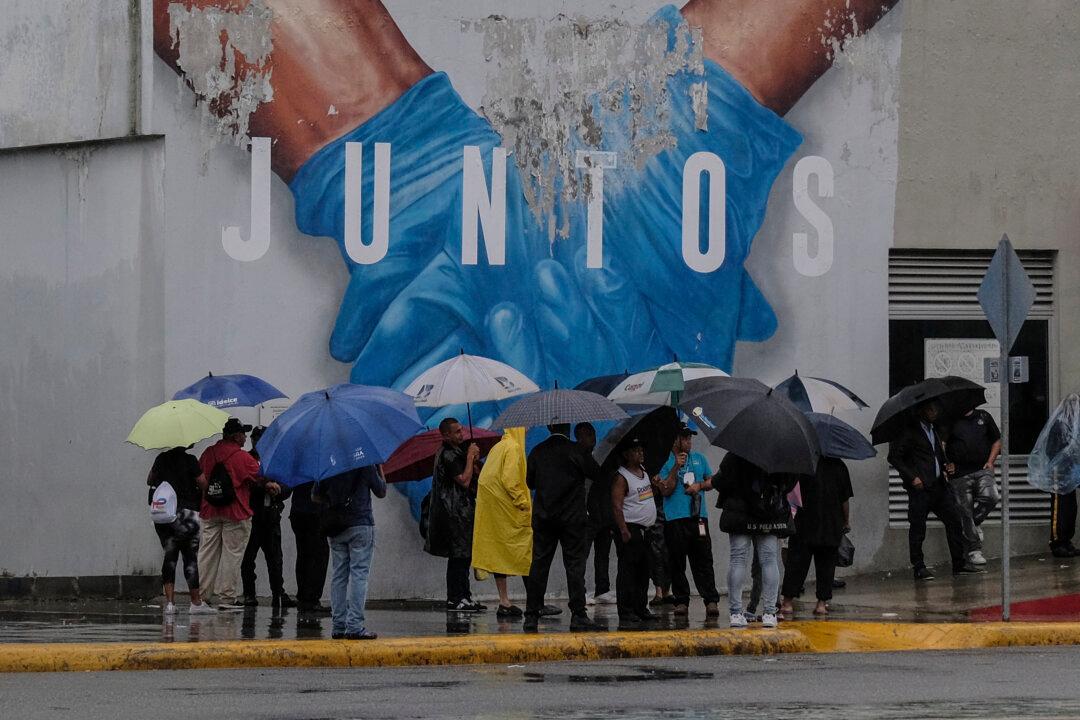SANTO DOMINGO, Dominican Republic—Tropical Storm Franklin unleashed heavy floods and landslides in the Dominican Republic on Wednesday after making landfall in the country’s southern region, killing at least one person and leaving two others missing.
The storm began to slowly spin away late Wednesday afternoon from the island of Hispaniola that the Dominican Republic shares with Haiti after dumping heavy rain for several hours.





